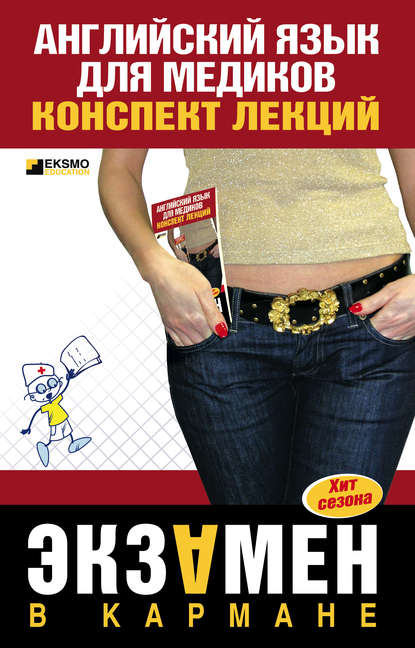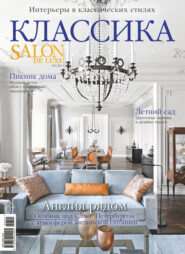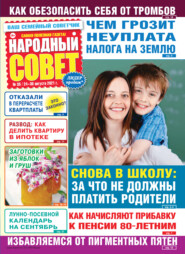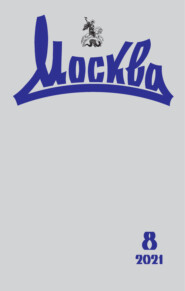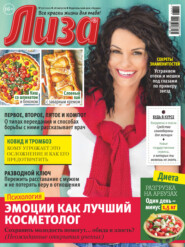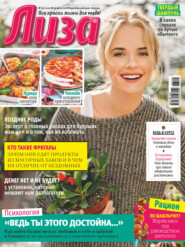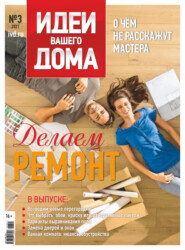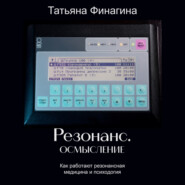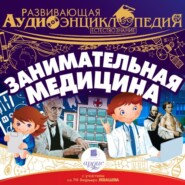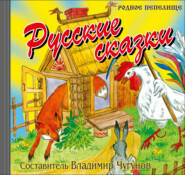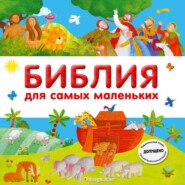По всем вопросам обращайтесь на: info@litportal.ru
(©) 2003-2024.
✖
Английский язык для медиков: конспект лекций
Автор
Год написания книги
2009
Настройки чтения
Размер шрифта
Высота строк
Поля
Chemistry and physics deal with the study of matter, its properties, changes and transformation with energy. There are two kinds of properties: physical – colour, taste, odour, density, hardness, solubility and ability to conduct electricity and heat; in solids the shape of their crystals is significant, freezing and boiling points of liquids.
Chemical properties are the changes in composition undergone by a substance when it is subjected to various conditions. The various changes may be physical and chemical. The physical properties are temporary. In a chemical change the composition of the substance is changed and new products are formed. Chemical properties are permanent.
It is useful to classify materials as solid, liquid or gas (though water, for example, exists as solid (ice), as liquid (water) and as gas (water vapour). The changes of state described by the terms solidify (freeze), liquify (melt), vapourise (evaporate) and condense are examples of physical changes. After physical change there is still the same material. Water is water whether it is solid, liquid or gas. Also, there is still the same mass of material. It is usually easy to reverse a physical change.
New words
matter – материя
anything – все
to occupy – занимать
space – пространство
to possesses – владеть, обладать
mass – масса
sense – чувство
organ – орган
steam – пар
to exist – существовать
can – мочь
to undergo – подвергать
variety – разнообрзие
change – перемена
physical – физический
chemical – химический
natural – природный
transformation – трансформация
colour – цвет
taste – вкус
odour – запах
density – плотность
hardness – твердость
solubility – растворимость
ability – возможность
to conduct – проводить
permanent – постоянный
Существует огромное количество так называемых застывших словосочетаний, в которых артикль употребляется или отсутствует традиционно. Эти словосочетания приходится заучивать наизусть.
Запомните следующие конструкции.
There is a…
Where is the…?
Запомните также следующие предложения.
The (book) is on the (table).
Ho: The (book) is on a little (table).
Вставьте артикль, где необходимо.
1. Where is… soup? -… soup is in… big saucepan on… gas-cooker.
2. Where are… cut lets? -… cutlets are in… refrigerator on… lit tle plate.
3. There is no… bread on… table. Where In… bread?
4. There is… little brown coffee-table in our… room in… front of… sofa.
5. Where is… table in your… room?
6. There is… thick carpet on… floor in my mother's room.
7. Is your brother at… home? – No, he is at… work. He works at… big factory. He is… engineer.
8. My sister has many… books… books are in… big bookcase.
9… weather is fine today. Let's go and play in… yard.
10. There are many… children in… yard. They are playing with… ball.
11. Where is… cat? -… cat is on… sofa.
Chemical properties are the changes in composition undergone by a substance when it is subjected to various conditions. The various changes may be physical and chemical. The physical properties are temporary. In a chemical change the composition of the substance is changed and new products are formed. Chemical properties are permanent.
It is useful to classify materials as solid, liquid or gas (though water, for example, exists as solid (ice), as liquid (water) and as gas (water vapour). The changes of state described by the terms solidify (freeze), liquify (melt), vapourise (evaporate) and condense are examples of physical changes. After physical change there is still the same material. Water is water whether it is solid, liquid or gas. Also, there is still the same mass of material. It is usually easy to reverse a physical change.
New words
matter – материя
anything – все
to occupy – занимать
space – пространство
to possesses – владеть, обладать
mass – масса
sense – чувство
organ – орган
steam – пар
to exist – существовать
can – мочь
to undergo – подвергать
variety – разнообрзие
change – перемена
physical – физический
chemical – химический
natural – природный
transformation – трансформация
colour – цвет
taste – вкус
odour – запах
density – плотность
hardness – твердость
solubility – растворимость
ability – возможность
to conduct – проводить
permanent – постоянный
Существует огромное количество так называемых застывших словосочетаний, в которых артикль употребляется или отсутствует традиционно. Эти словосочетания приходится заучивать наизусть.
Запомните следующие конструкции.
There is a…
Where is the…?
Запомните также следующие предложения.
The (book) is on the (table).
Ho: The (book) is on a little (table).
Вставьте артикль, где необходимо.
1. Where is… soup? -… soup is in… big saucepan on… gas-cooker.
2. Where are… cut lets? -… cutlets are in… refrigerator on… lit tle plate.
3. There is no… bread on… table. Where In… bread?
4. There is… little brown coffee-table in our… room in… front of… sofa.
5. Where is… table in your… room?
6. There is… thick carpet on… floor in my mother's room.
7. Is your brother at… home? – No, he is at… work. He works at… big factory. He is… engineer.
8. My sister has many… books… books are in… big bookcase.
9… weather is fine today. Let's go and play in… yard.
10. There are many… children in… yard. They are playing with… ball.
11. Where is… cat? -… cat is on… sofa.





